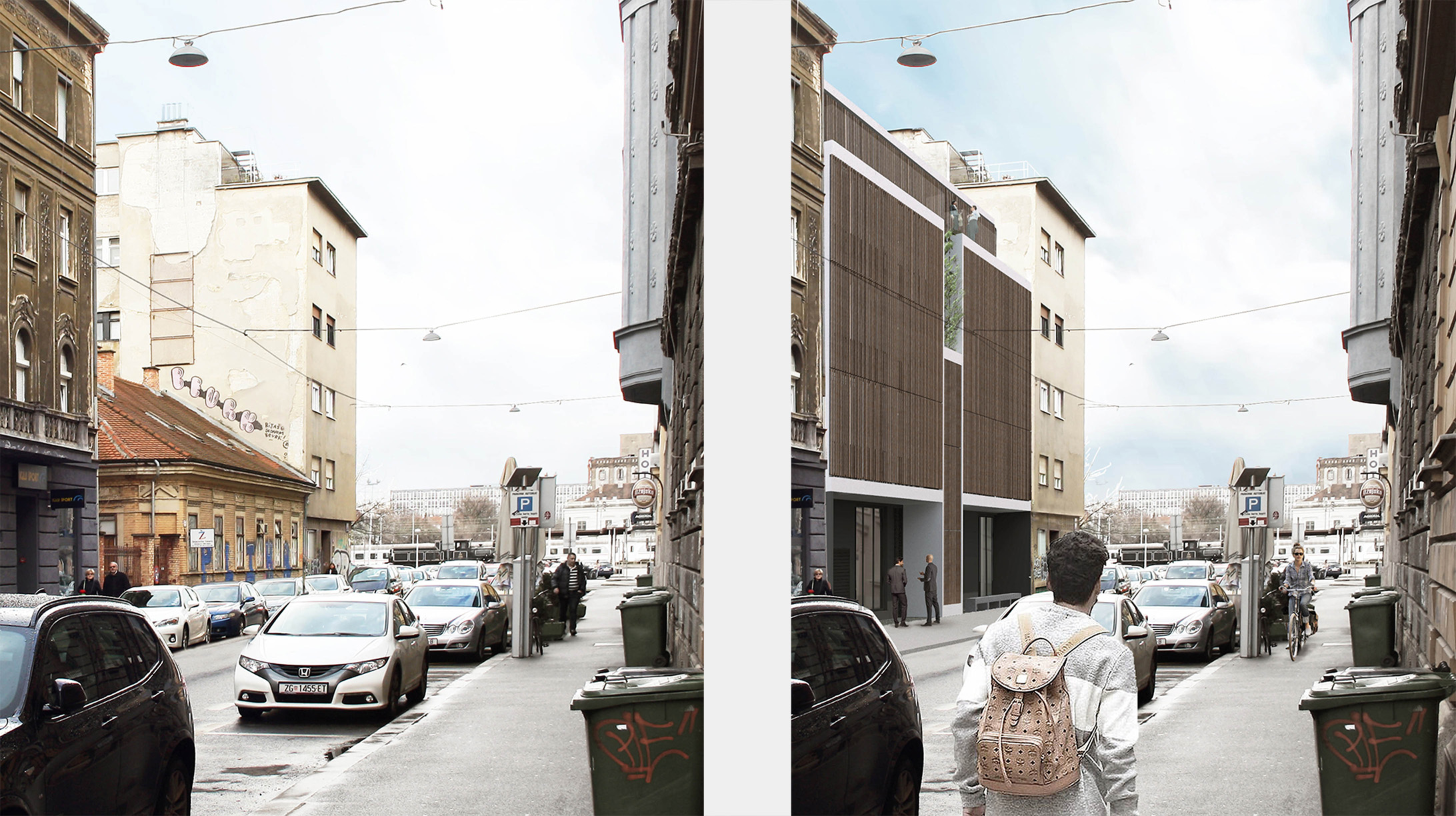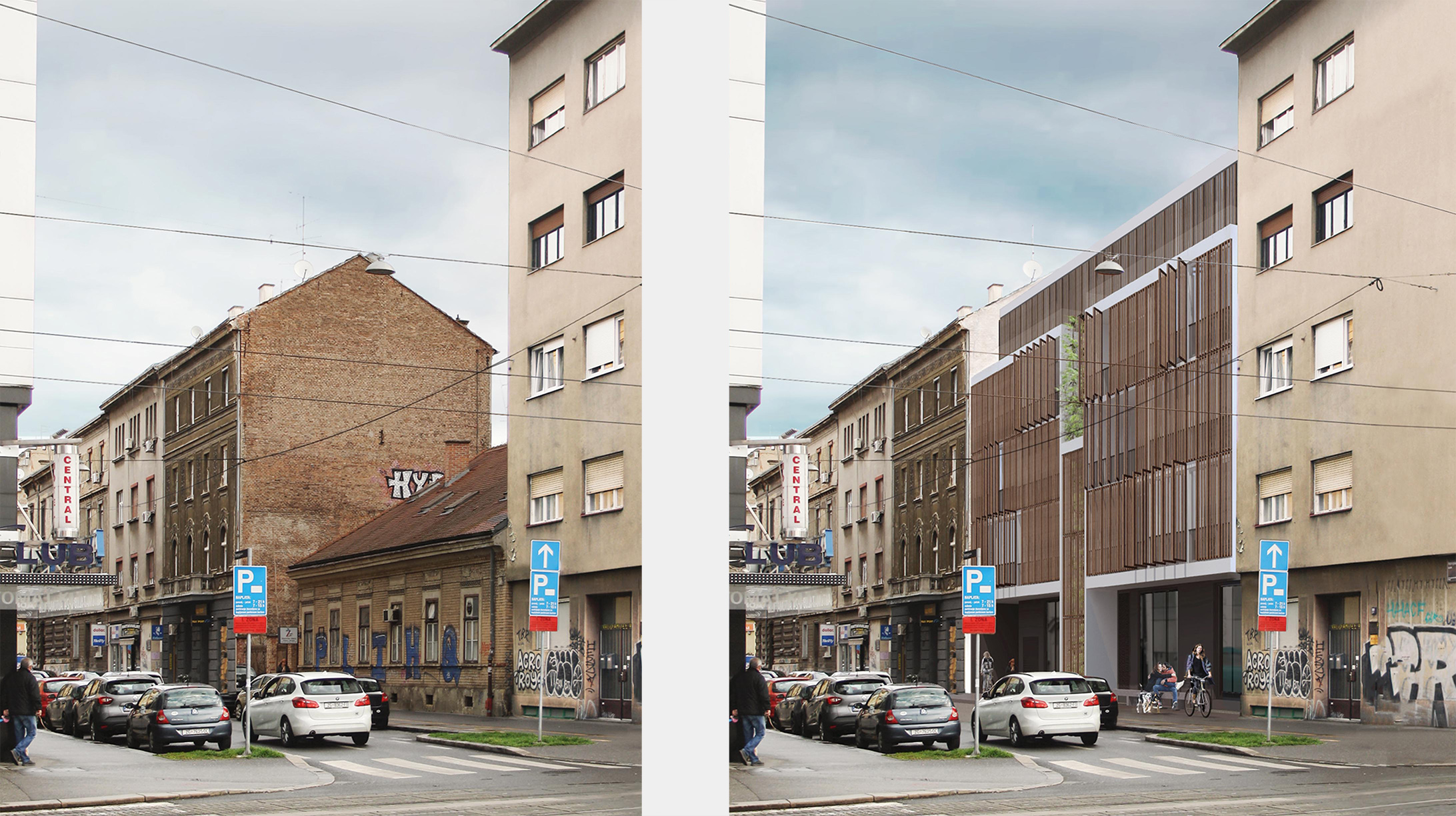
Architectural Competition Entries
Where Ideas Push Boundaries
Institute for Medical and Clinical Sciences – Split (IMCS) Awarded 4th Place
collaboration with Biro8100 (by Ivan Jovičević, Dušan Đurović, Denis Tahirović)
.jpg)
Context & Urban Strategy
The IMCS building is located in the southern part of the KBC Križine medical campus, adjacent to the urban fabric of Split 3 - a city extension known for its east-west megastructures and pedestrian-friendly Mediterranean streets. These streets, modeled after Diocletian’s Palace axis, emphasize intimate human scale, social interaction, and greenery.
Surrounding IMCS are key neighbors: the KBC main building (north), Medical Faculty (west), and Infectious Diseases Clinic (east). Architect Antun Urlich’s original hospital building serves as a rationalist anchor for the site.
Spatial & Functional Organization
The design introduces three parallel wings (lamellae) - CLIN, CORE, and the existing KBC - connected by a central urban street that acts as both circulation spine and social connector. Between the lamellae, Mediterranean gardens offer natural light and relaxation space for laboratories.
- Lamellae differ in length and height: KBC (140 m/35 m), CLIN (105 m/28 m), and CORE (70 m/21 m), aligned with topography (north–south), oriented toward the sea.
- Programmatically divided:
- Ground floor: Simulation Centre
- Upper floors: Specialized labs
- Basement: Garage, vivarium, and services
Architecture of Encounters
The central "street" is reimagined as a key architectural element - connecting all lamellae through a cascading atrium, amphitheater stair, and rooftop terraces. It fosters unplanned meetings and cross-disciplinary collaboration across specialized labs. Its spatial drama is heightened by a monumental entrance plaza, glazed portico with forest views, and vertical circulation points.
Urban Vision
The project redefines the hospital boundary by pushing the campus fence southward, transforming the area into a public urban forest that connects IMCS, KBC, and Split 3. The new landscape includes play zones and fitness areas, offering a shared civic resource and extending the urban life of Split 3 toward the coast - a utopian gesture linking healthcare, science, and the city.
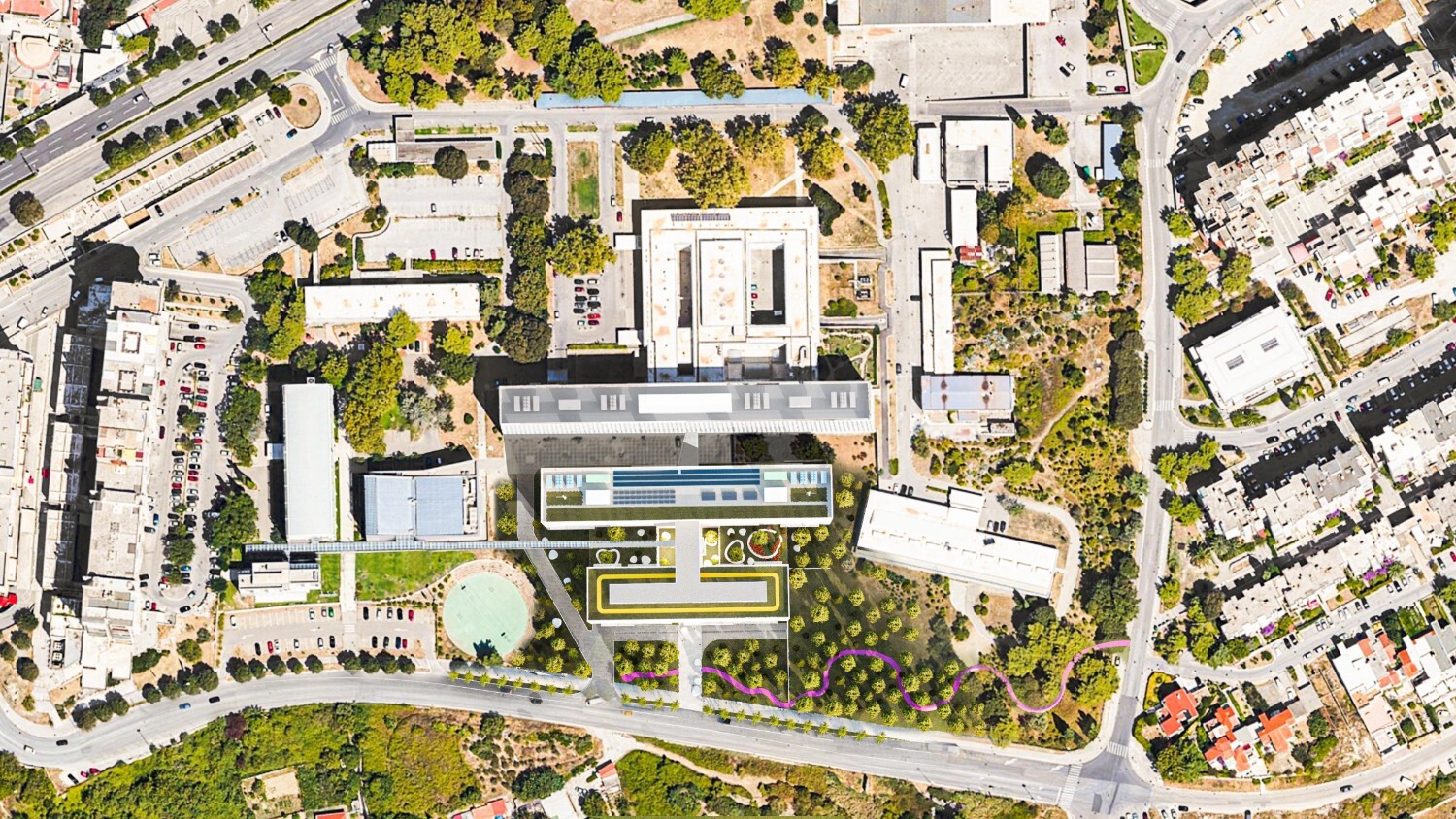
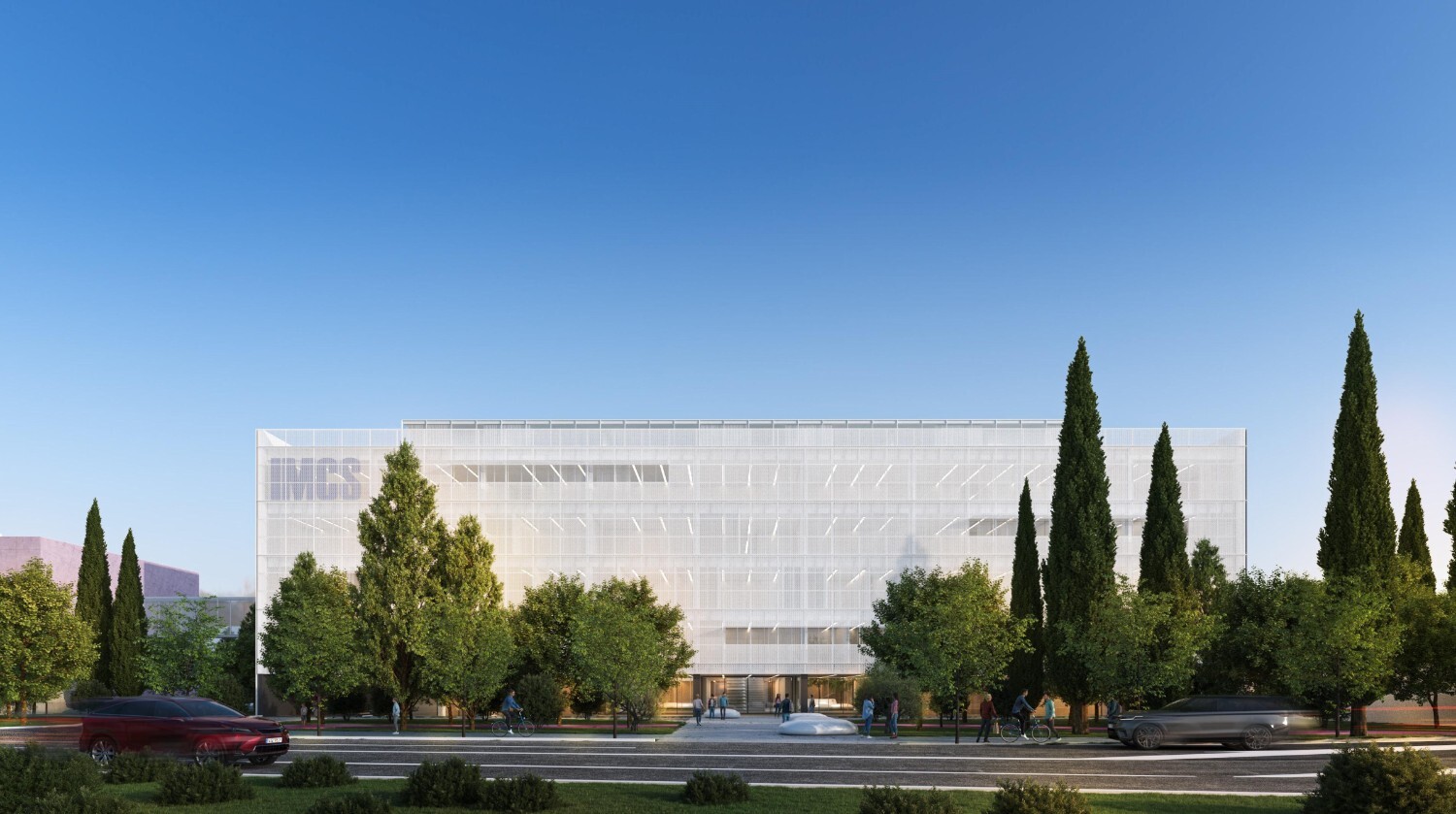
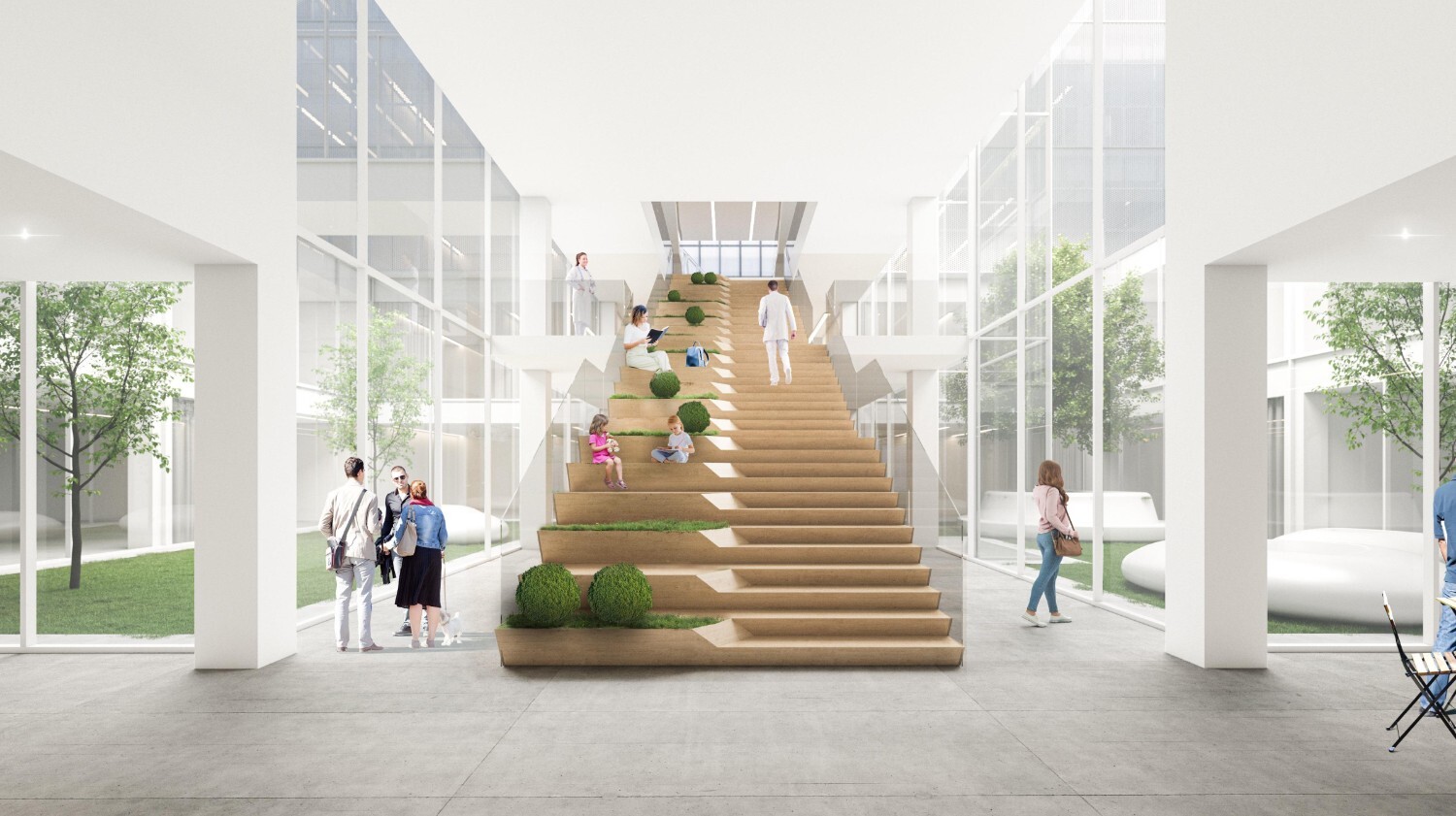
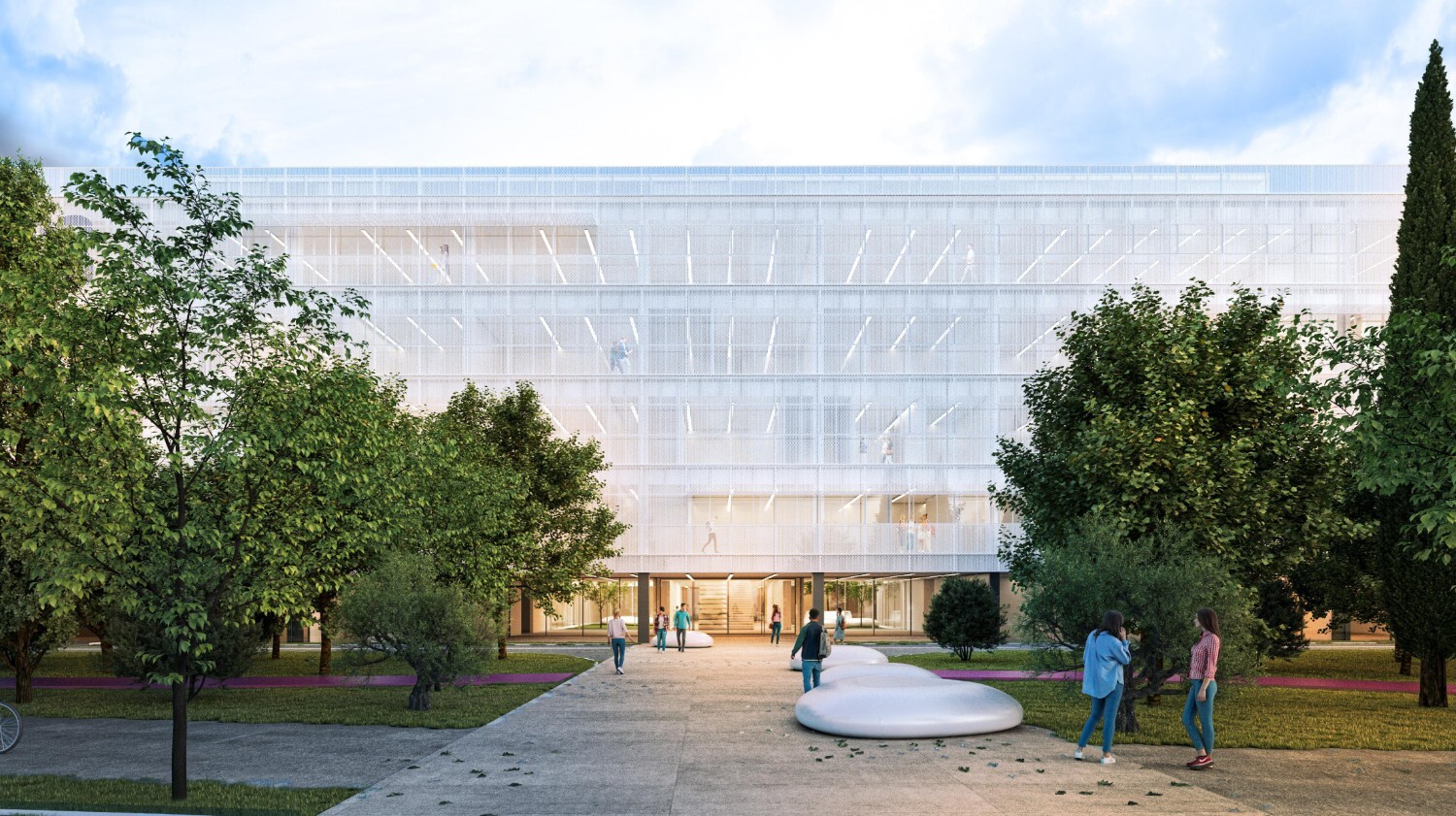
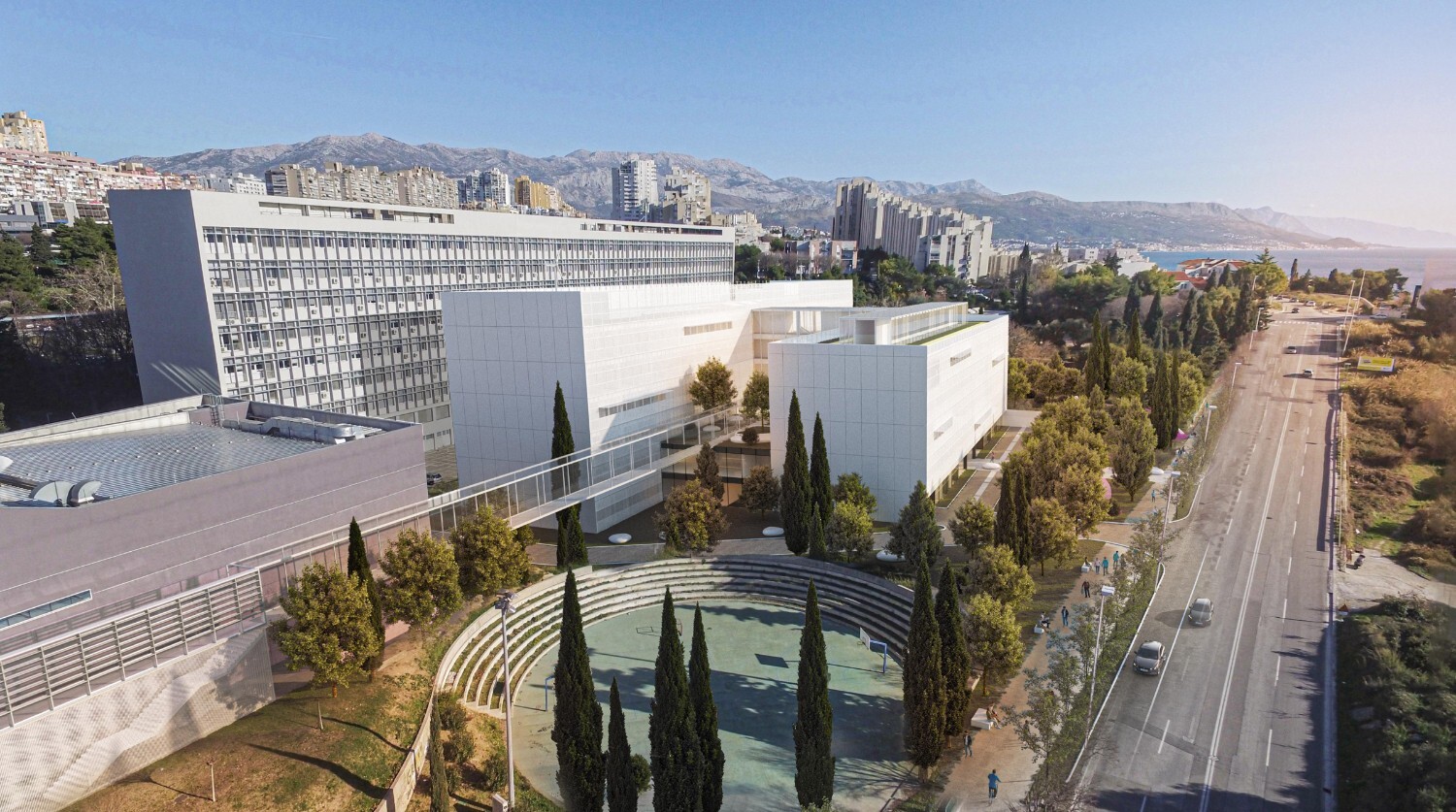
.jpg)
Brezovica Kindergarden and Nursery
collaboration with Ivan Jovičević, Dušan Đurović
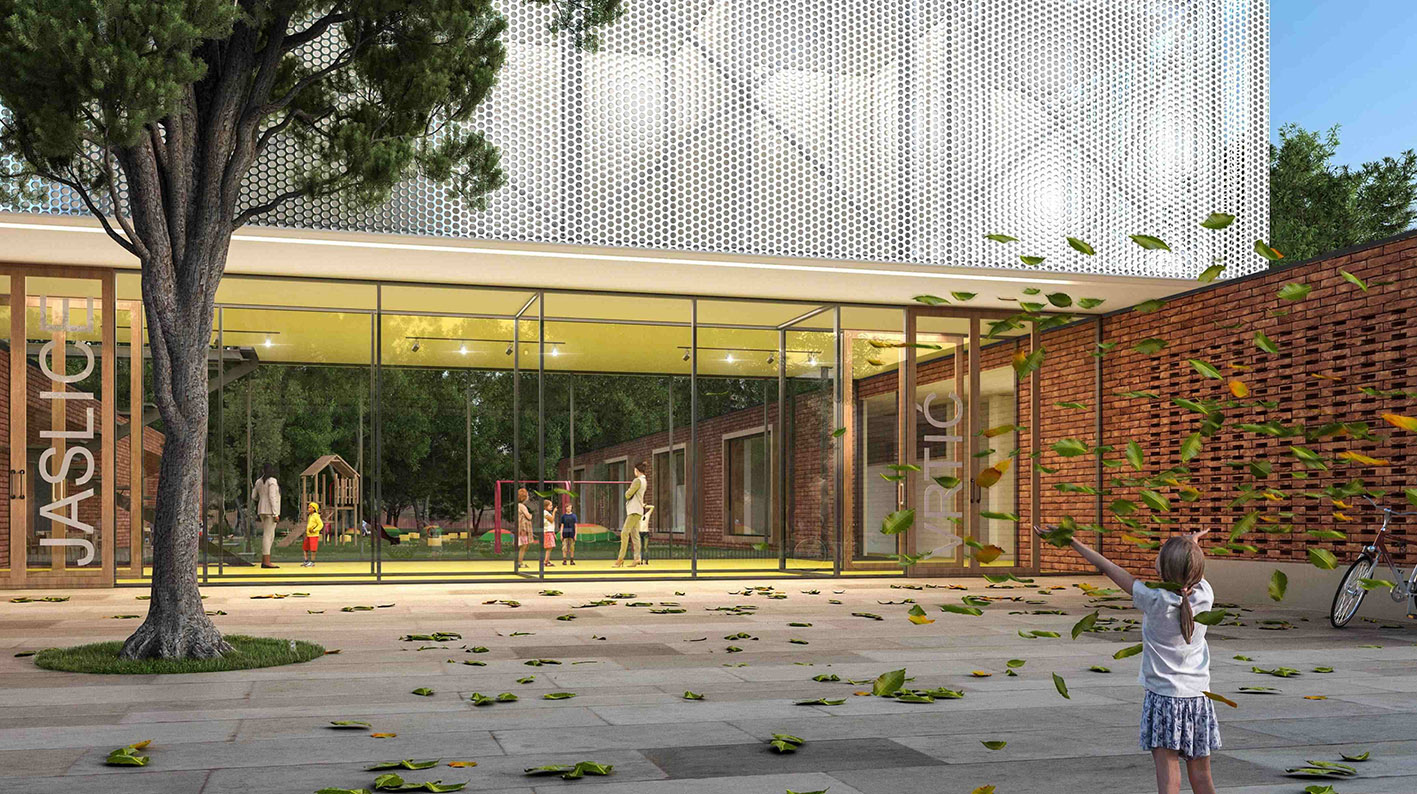
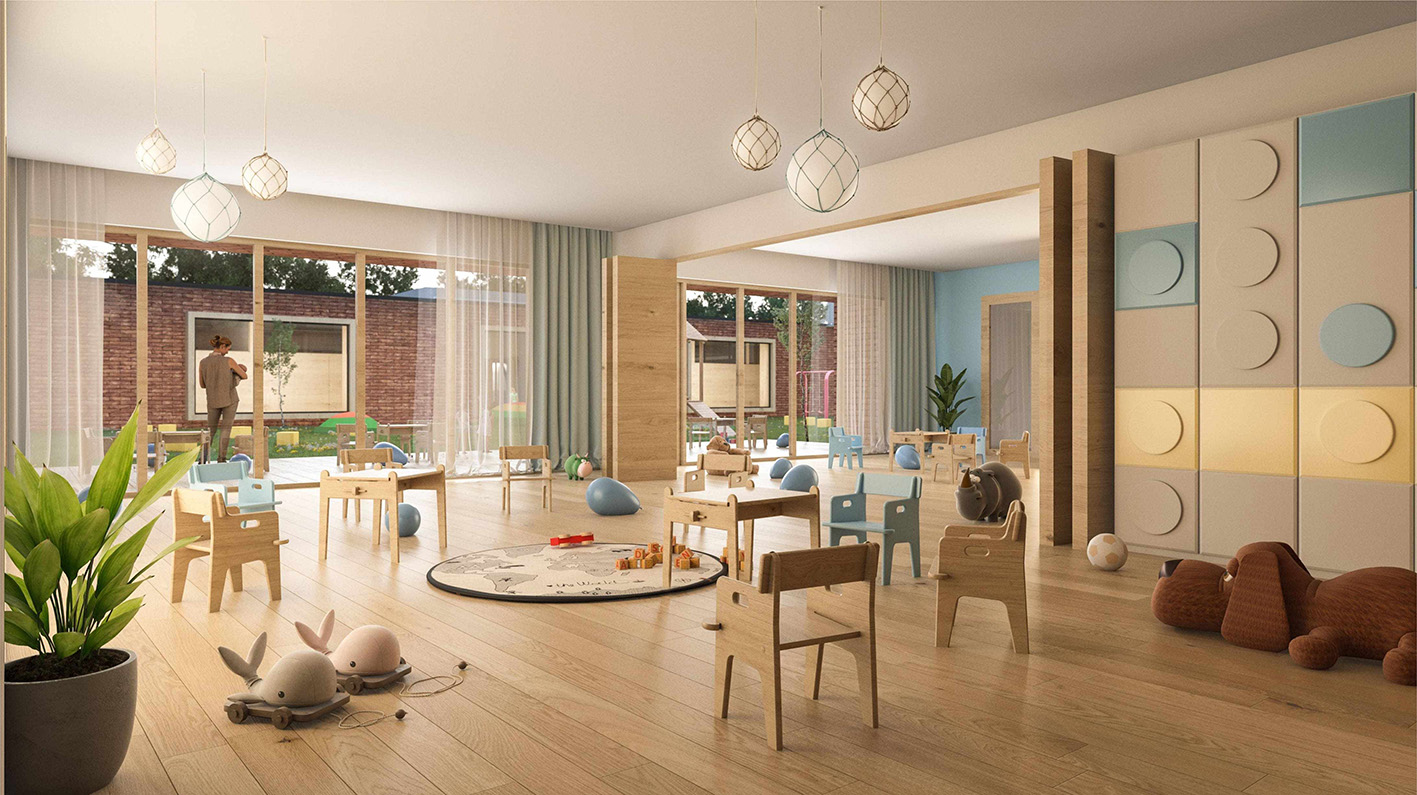
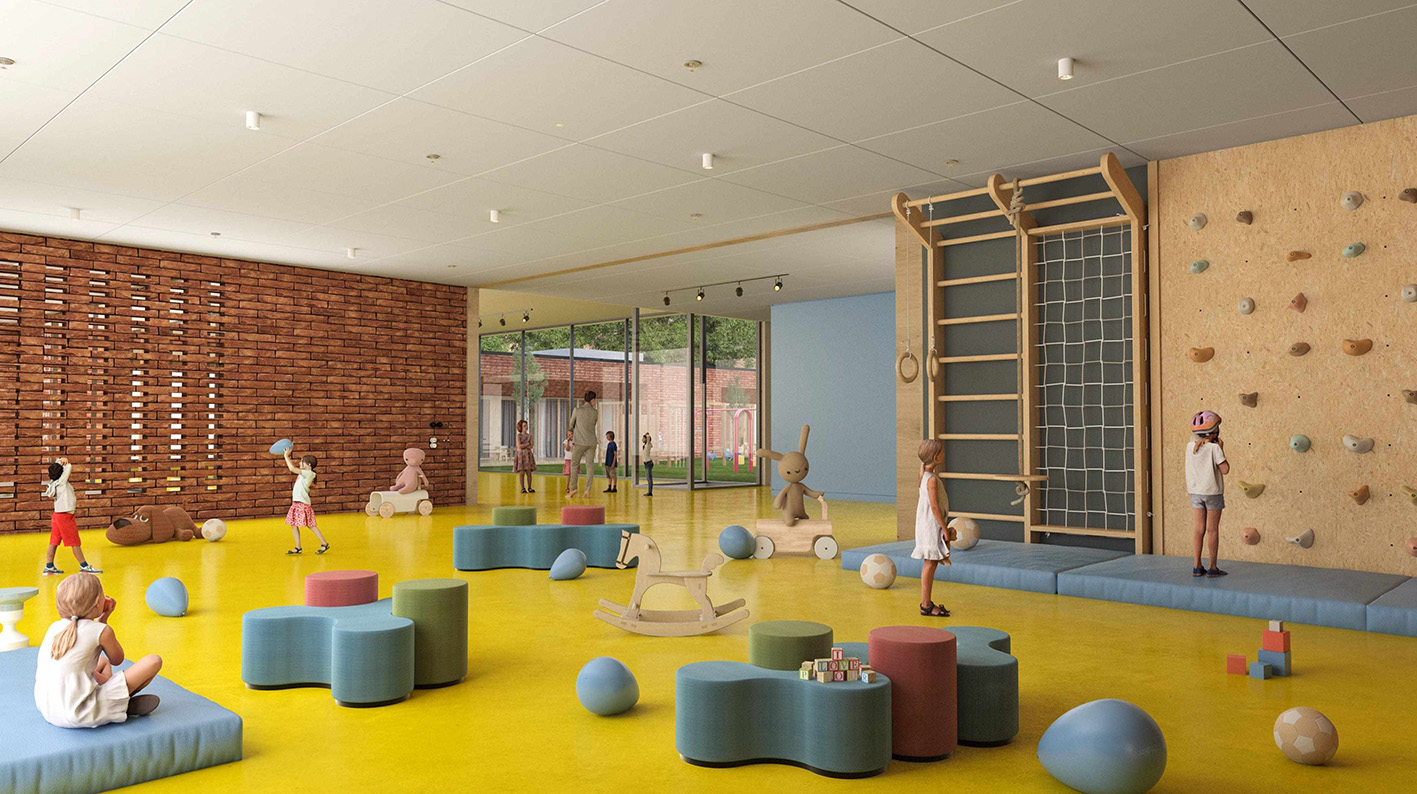
Petrinjska Residential Building
collaboration with Dušan Đurović, Ivan Jovičević
